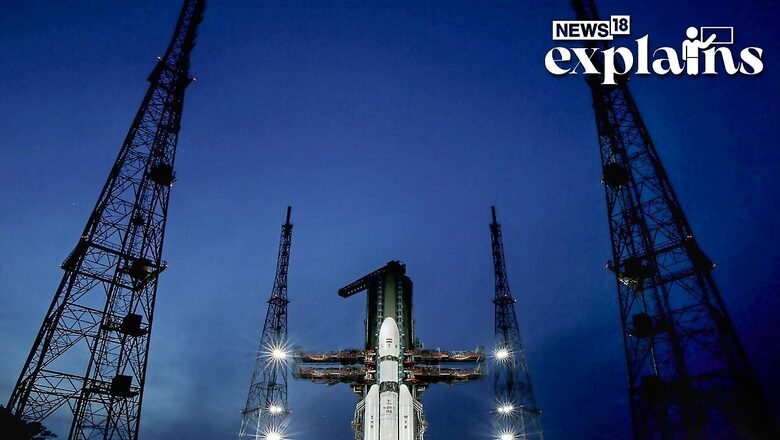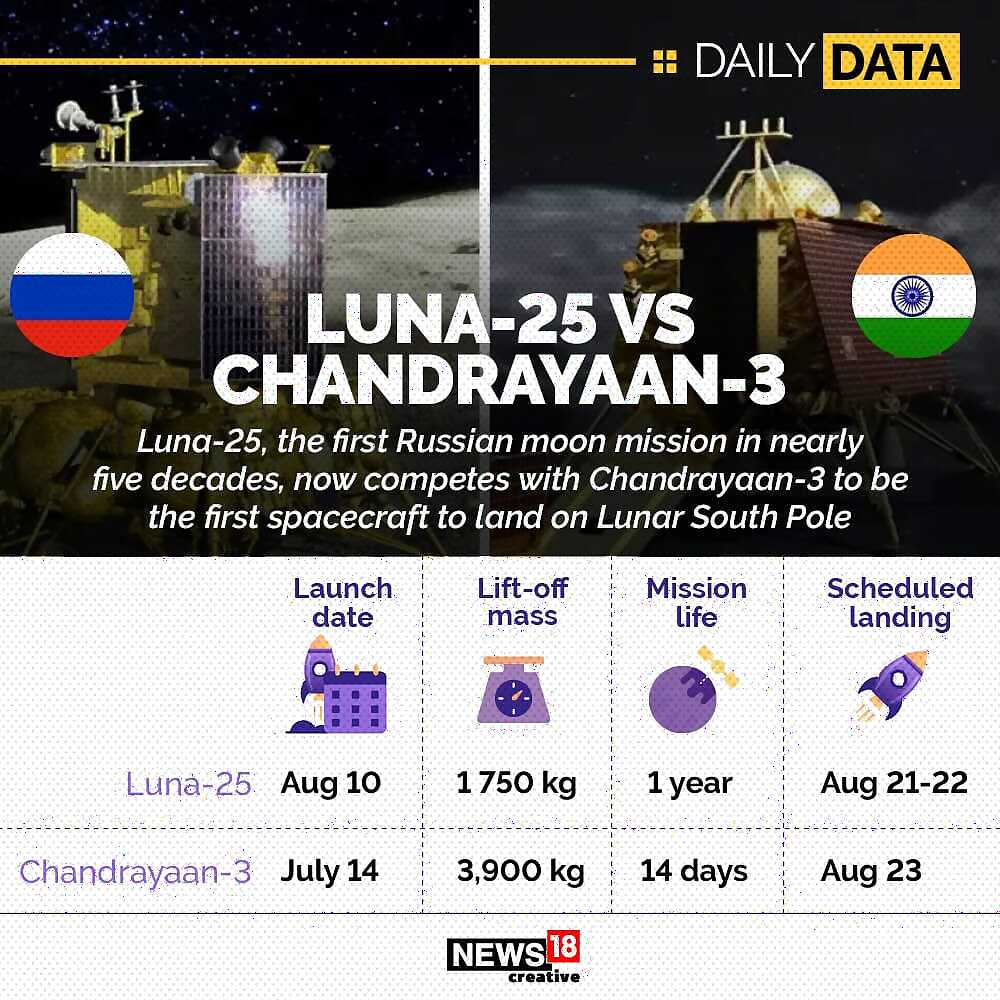
views
The Indian Space Research Organisation (ISRO) announced on Wednesday that the Chandrayaan-3 spacecraft has completed its fifth and final moon-bound manoeuvre, bringing it closer to the lunar surface.
The lunar spacecraft has now completed all of its Moon-bound manouvres and it will now prepare for the separation of the lander module, comprising the lander and rover, from the propulsion module.
“Today’s successful firing, needed for a short duration, has put Chandrayaan-3 into an orbit of 153 km x 163 km, as intended. With this, the lunar-bound maneuvers are completed. It’s time for preparations as the Propulsion Module and the Lander Module gear up for their separate journeys,” ISRO said in a post on X, formerly known as Twitter.
The Journey So Far
Post its launch on July 14, India’s third Moon mission Chandrayaan-3 was revolving farther and farther away from the Earth.
On August 1 in a key manoeuvre, a slingshot move, the spacecraft was sent successfully towards the Moon from Earth’s orbit. Following this trans-lunar injection, the space craft escaped from orbiting the Earth and began following a path that would take it to the vicinity of the Moon.

It entered the lunar orbit on August 5, following which orbit reduction manoeuvres were carried out on August 6, 9 and 14.
Separation of lander from the propulsion module
Chandrayaan-3 consists of three parts: a Lander module (LM), Propulsion module (PM) and a Rover. The Lander has the capability to soft land at a specified lunar site and deploy the Rover which will carry out the research on the lunar surface. The Lander and the Rover have scientific payloads to carry out experiments on the lunar surface.
On the other hand, the main function of Propulsion module is to carry the Lander module from launch vehicle injection till final lunar 100 km circular polar orbit. The propulsion module other than carrying the lander and rover configuration till about 100 km lunar orbit, has Spectro-polarimetry of Habitable Planet Earth (SHAPE) payload to study the spectral and polarimetric measurements of the Earth from the lunar orbit.
The separation of the Lander Module from the Propulsion Module is planned for August 17 (Thursday).
What Happens Next?
After separation from the Propulsion Module, the lander is expected to undergo a “deboost”, which is a process of slowing down, to place it in an orbit, where the Perilune, closest point to the Moon, is 30 kilometres and Apolune, farthest point from the Moon, is 100 km, from where the soft landing on the south polar region of the Moon will be attempted on August 23.
ISRO Chairman S Somanath recently said the most critical part of the landing is the process of bringing the velocity of the lander from 30 km height to the final landing, and that the ability to transfer the spacecraft from horizontal to vertical direction is the “trick we have to play” here.
Chandrayaan-3 Mission:Today’s successful firing, needed for a short duration, has put Chandrayaan-3 into an orbit of 153 km x 163 km, as intended.
With this, the lunar bound maneuvres are completed.
It’s time for preparations as the Propulsion Module and the Lander Module… pic.twitter.com/0Iwi8GrgVR
— ISRO (@isro) August 16, 2023
“The velocity at the starting of the landing process is almost 1.68 km per second, but this speed is horizontal to the surface of the moon. The Chandrayaan-3 here is tilted almost 90 degrees, it has to become vertical. So, this whole process of turning from horizontal to vertical is a very interesting calculation mathematically. We have done a lot of simulations. It is here where we had the problem last time (Chandrayaan-2),” Somanath explained.
After the separation of the two vehicles, the lander will deorbit and touch down the Moon’s south polar region. At the moment of landing, the lander should be moving less than 2 meters per second vertically and 0.5 meters per second horizontally.
Further, it has to be ensured that fuel consumption is less, the distance calculation is correct, and all the algorithms are working properly, he added.
The mission objectives of Chandrayaan-3 are to demonstrate safe and soft landing on the lunar surface, to demonstrate rover roving on the Moon, and to conduct in-situ scientific experiments.
The lander will have the capability to soft land at a specified lunar site and deploy the rover that will carry out in-situ chemical analysis of the Moon’s surface during the course of its mobility.
(with inputs from agencies)




















Comments
0 comment